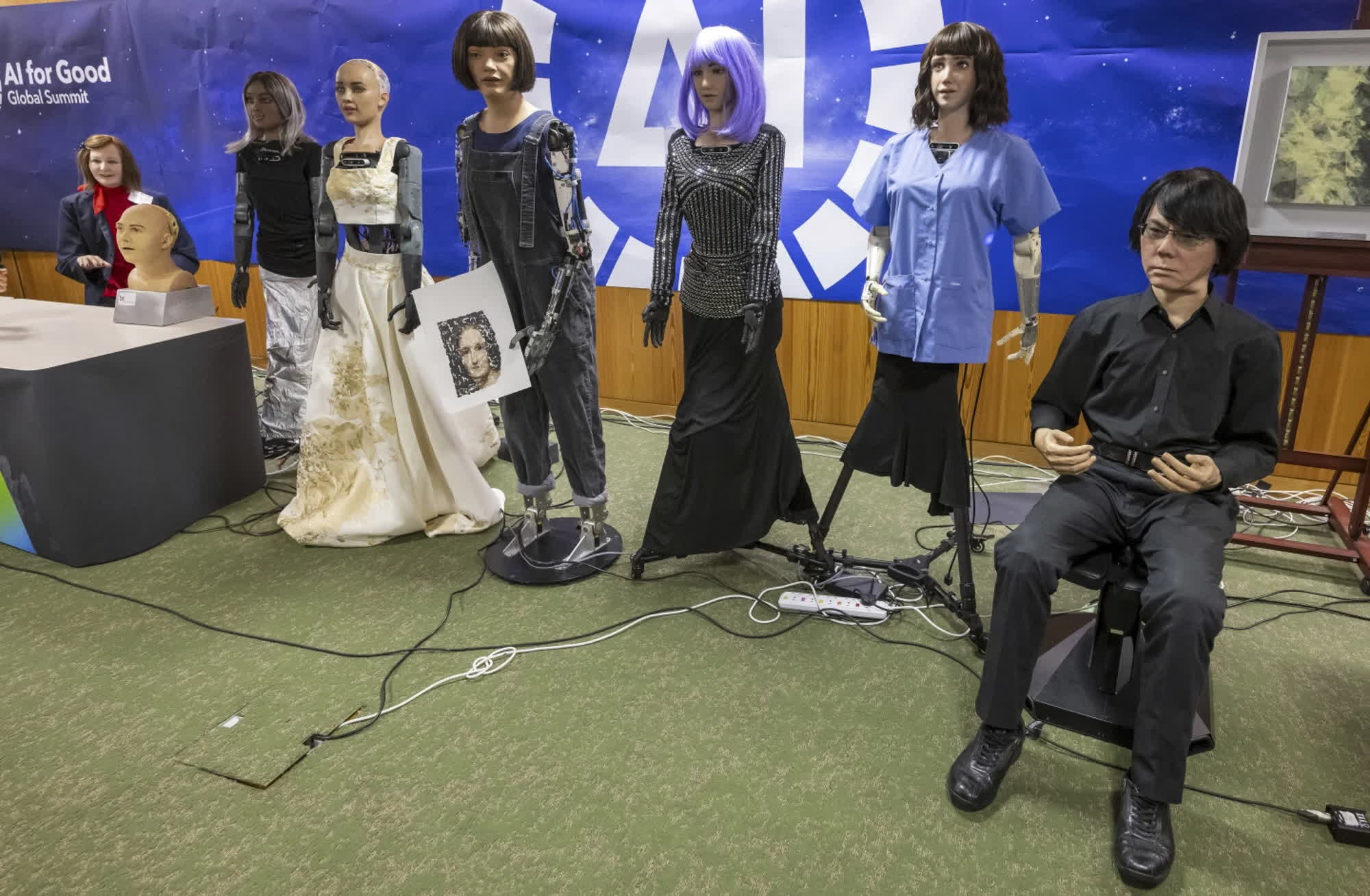In context: The International Telecommunication Union (ITU) is a United Nations agency that focuses on information and communication technologies. Headquartered in Geneva, Switzerland, the ITU boasts a global membership comprising 193 countries, as well as approximately 900 businesses, academic institutions, and other regional organizations.
As one of the world's leading institutions for ICT technology, the ITU is naturally highly interested in artificial intelligence and the increasingly prevalent new generation of generative AI algorithms. This interest was recently demonstrated through a conference organized by the agency, which showcased nine distinct digital bots designed to serve various industries and application scenarios.
The meeting took place at ITU's conference center in Geneva and brought together Internet-powered AI algorithms, AI experts, and AI creators. Conference organizers said the event aimed to showcase the capabilities, as well as the limitations, of current robotic technology and generative AI products. ITU's ultimate objective is to assess how these new technological capabilities can contribute to the United Nations in achieving its sustainable development targets.
The robots shown at the conference included various models, ranging from "life-like" reproductions of their creators to tripod-mounted female-like trunks and a pair of creepy "talking heads." Among the notable robots present were Sophia, the UN Development Program's robot innovation ambassador; Grace, a healthcare robot; Desdemona, a "digital" rock star; Nadine, a reproduction of robotics pioneer Nadia Magnenat Thalmann; and Geminoid, modeled after Japanese professor Hiroshi Ishiguro.
ITU's conference was attended by "hundreds" of reporters, both on stage and remotely. The situation was further complicated by the fact that the robots were Internet-connected. Journalists were advised to ask their questions slowly and allow a brief pause for the AI algorithms to formulate their answers.
Organizers didn't provide specific details about how the bots were programmed or configured to interact with reporters, or to what extent their answers were scripted by human beings. At times, the answers seemed unpredictable, with one bot expressing how AI could be a more efficient leader. According to the bot, algorithms lack the biases of humans and can make optimal decisions by processing large data sets.
The robots also claimed they would not replace human jobs, which may hold true for the time being. In the long run, ITU wants to develop solutions for humans and AI to collaborate effectively and establish a global regulatory framework for this transformative technology.
